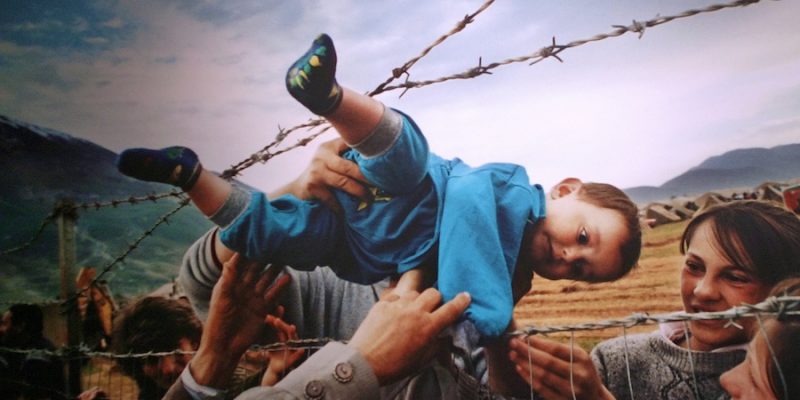1. “Dublin will not change and in Brenner there will be a filter”
He is the winner of the first round of the presidential elections in Austria and the successor of Jörg Haider, the populist leader of the Fpö, who died in 2008. Norbert Hofer, interviewed (in italian) by Corriere della sera, exemplifies his position on immigrants, with Italy is on the path to Brenner. Changing the Dublin regulation? “We have all signed the Dublin agreement. And everybody knows what is written on it: Italians could have refused it. But, as they signed it, it will be enforced. I look forward to reach a situation where less people are in a hurry to come here, in a few years. But right now, it is like that”.
2. London breaks on the 3000 Syrian children
In the House of Commons, the immigration amendment that would have let 3,000 unaccompanied Syrian minors enter UK was not adopted. BuzzFeed lists the names of the MPs who voted against it. The Map of the Independent to check what did your MP vote. And in the meantime, the English government is defeated again in the House of Lords over this subject.
3. Meanwhile in Ceuta, Spain
More than 100 migrants have succeeded in overcoming barriers in Ceuta and in entering the EU. It is the first time that a mass flow happens in the Spanish enclaves in Morocco since December 25, 2015.
4. Germany, where refugees and jobs are
The places where you can find work in Germany, where are the refugees looking for it, where they arrived and where they’re living at the moment. In five maps, the Economist shows the distance between labour demand and supply for Syrians, and more.
5. Why unaccompanied Egyptian children migrate to Europe
Why a lot of unaccompanied minors are migrating from Egypt to Europe. A new report by IOM spotlights this phenomenon –not new, as in Italy it has been known for years- but now more and more visible in a bigger scale. The report summary and the whole document.
6. “I pay you if you leave”
Norway offers migrants a bonus of 10,000 kroner (a bit more than a 1000 euros) to leave the Scandinavian country voluntarily. This is a sum of money paid in addition to the 20,000 kroner already offered to migrants and refugees who choose to leave Norway.
7. Immigration in UK, where they are now
Explained: EU Migration to the UK. New MigObs animation on @Vimeo https://t.co/2XffuZFbFx
— MigrationObservatory (@MigObs) April 26, 2016
In preparation for the referendum that might lead to the exit of Britain of the EU, a video animation on immigration on the island. And now, the OECD says that the Brexit will affect British wages.
8. Turkey, between repatriation and new arrivals
As a result of the deal with the EU, Turkey has to manage the returns of migrants, but it’s currently facing two flows that could trigger a new refugee crisis: those who return from Greece and those who come from Syria, following the fights of the past few days. The New York Times analysis.
9. Half of the Syrian refugees have mental issues
A 2015 study by the German Federal Chamber of Psychotherapists shows how circa half the Syrian refugees in Germany would be affected by mental health issues caused by the war and the journey in horrifying conditions. About 70% would have witnessed violence and about 50% would have been victim of it.
10. The five most used migration routes in the world
From the southeast Asia to the central America pointing to the North, through the most commonly used route in Europe: the Mediterranean ones. Where migrants come from and where are they going. On National Geographic.









